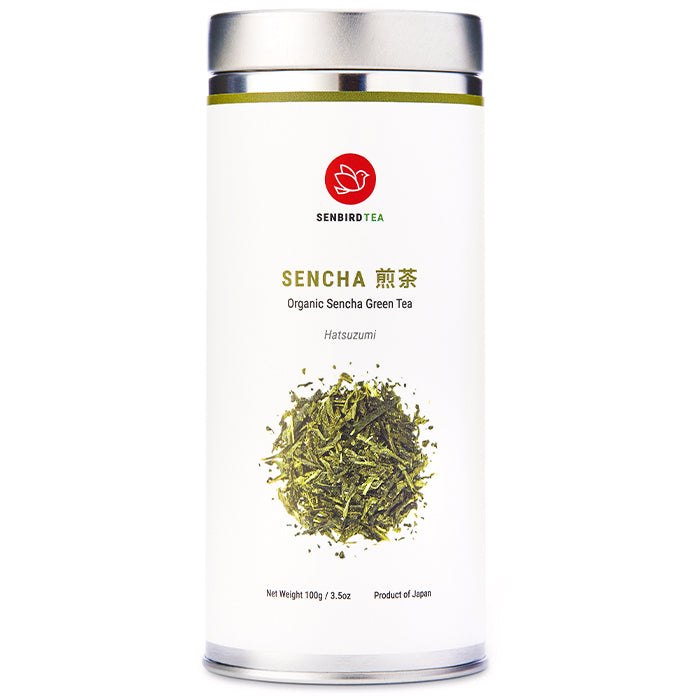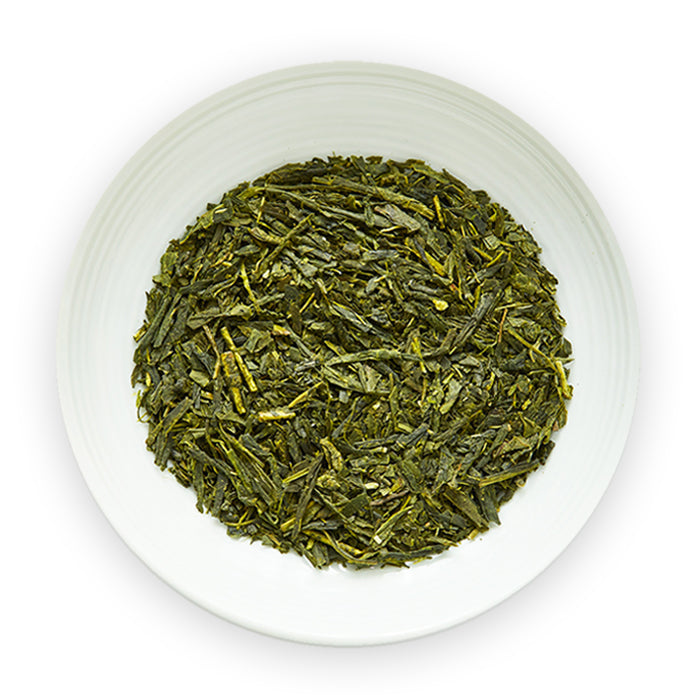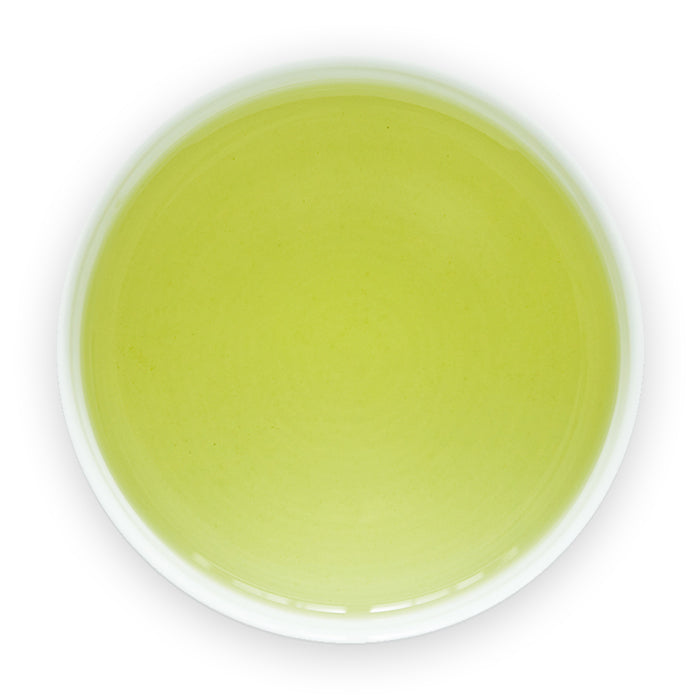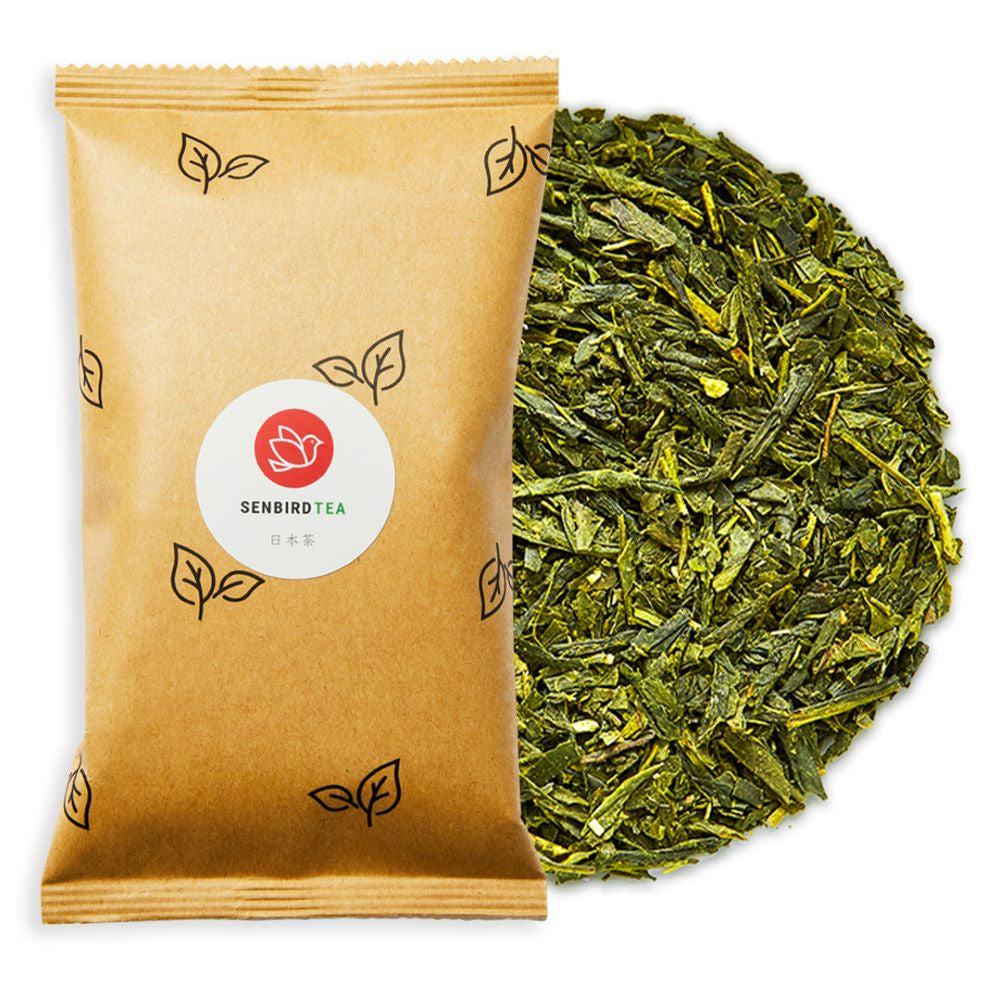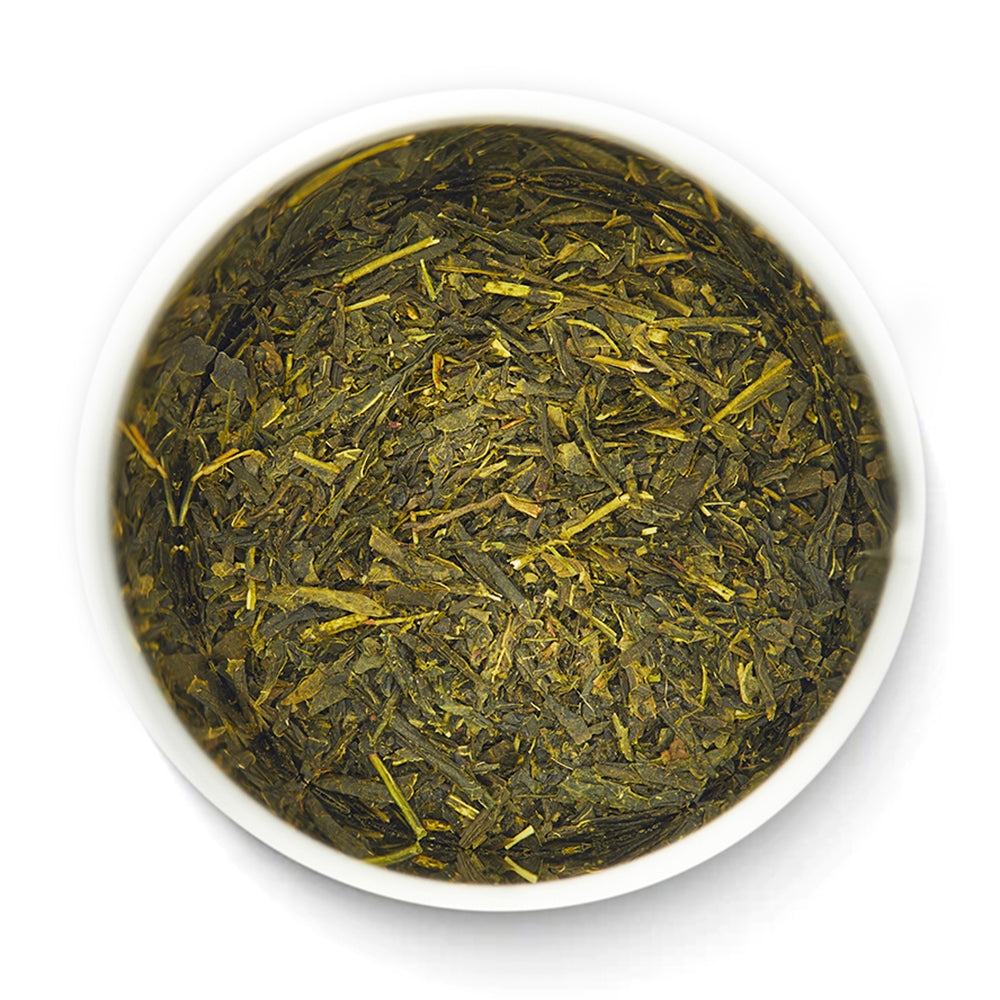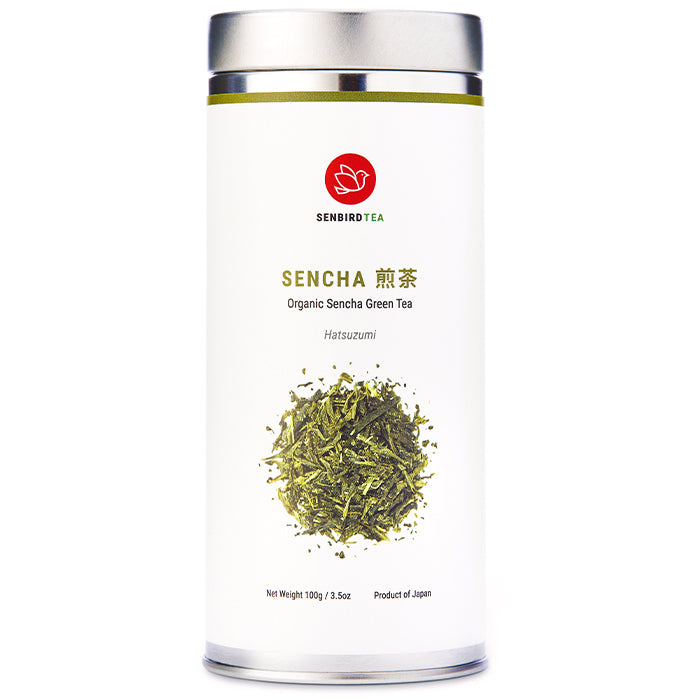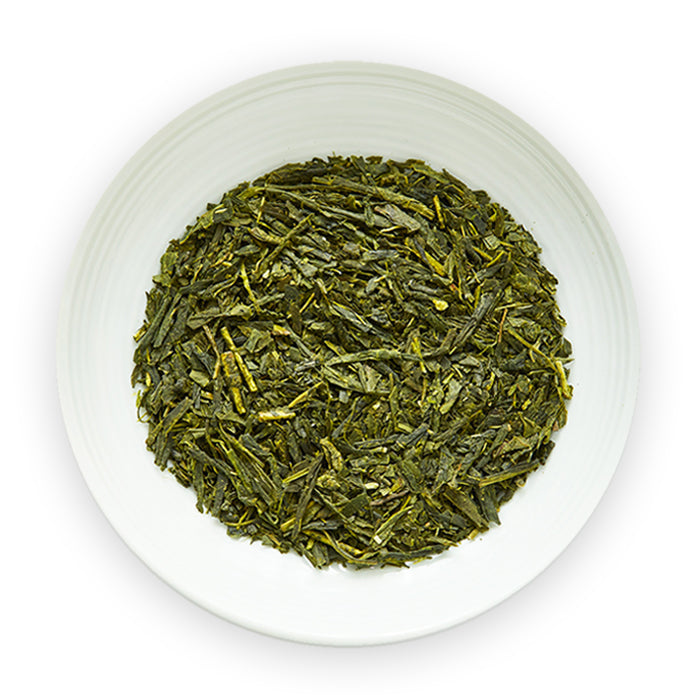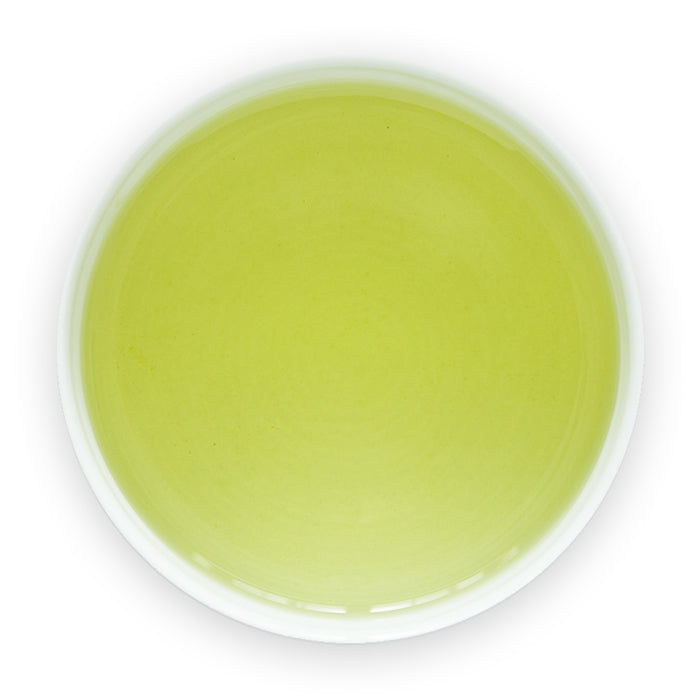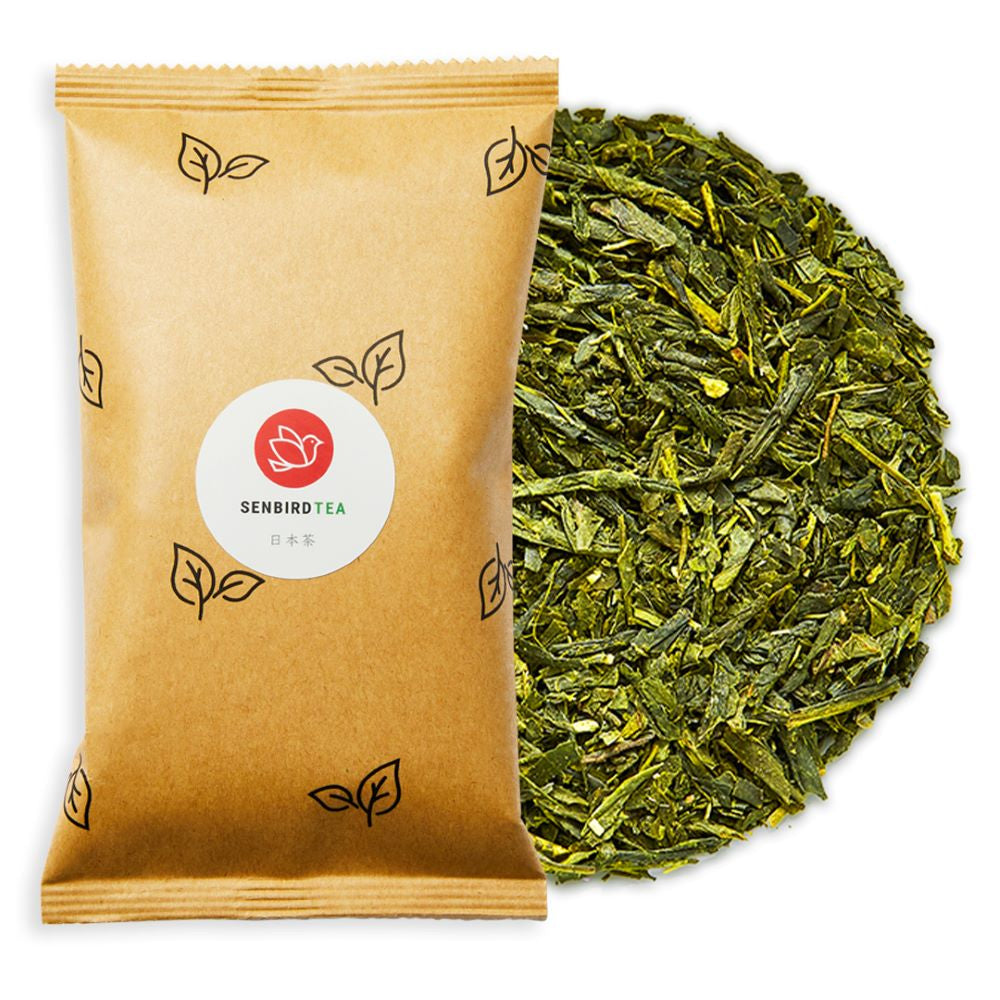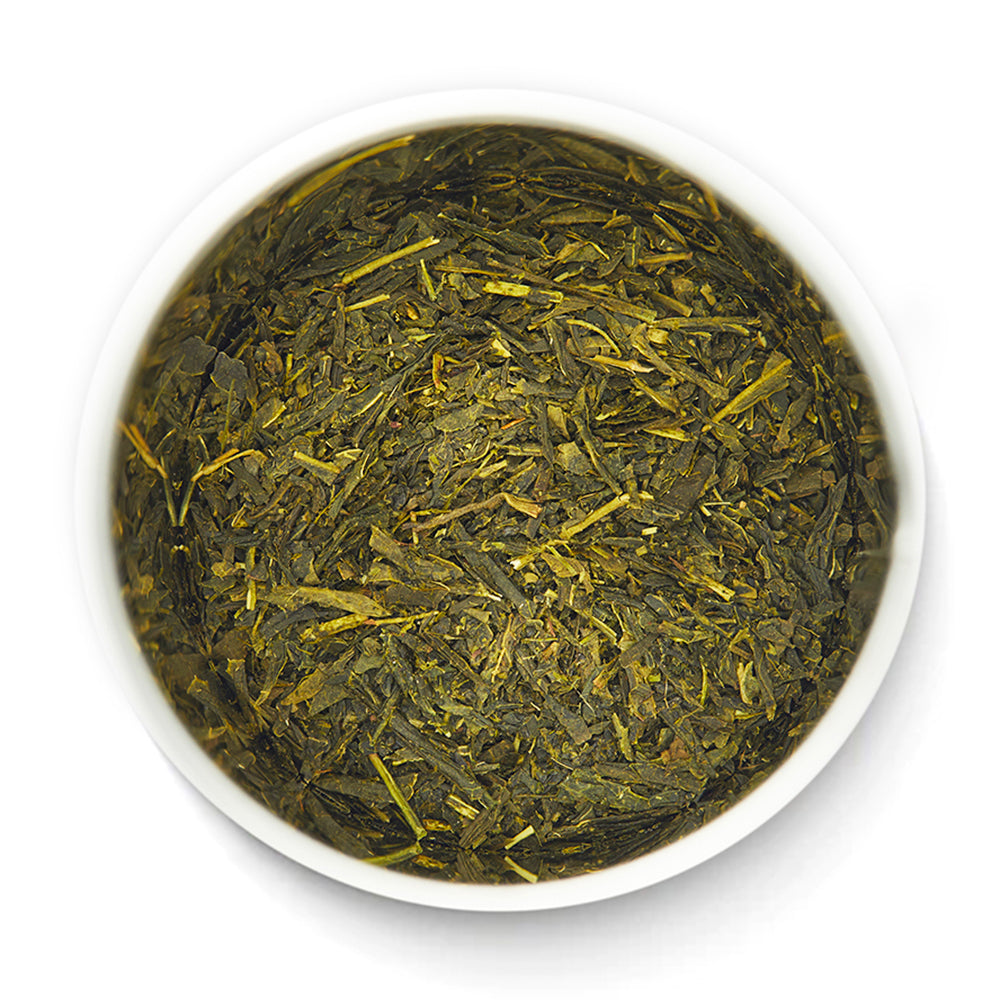
Health Benefits of Sencha Japanese Green Tea
Sencha or Japanese Green tea has a unique taste and flavor, which some might consider astringent or bitter. Over the years, research has shown that tea, including Sencha tea contains numerous nutrients and health benefits that are believed to have a positive impact on human health.
What is the difference between sencha and other teas? In Japanese Green tea, steaming stops the action of the oxidative enzymes in the early stages of the manufacturing process. This process prevents the polymerization of catechins (known as coalescence), ensuring that their number does not decrease. On the other hand, in Chinese tea (oolong tea) and black tea, the oxidative enzymes change the components in the tea leaves, giving them a unique flavor and aroma. In addition, polymerization of catechins occurs and the number of catechins decreases.
The information presented in this article is in no way intended as medical advice or as a substitute for medical treatment. You should always consult with your physician or other health care professional before adopting any treatment for a health problem.

What are catechins?
Catechins, the main ingredient in Sencha green tea, belong to a type of polyphenol. People have referred to this as tannin since ancient times. The word "catechin" derives from the sap of the Acacia catechu, a shrub belongning to the Acaciaceae family from India. The catechins in tea were first identified in 1929 by Dr. Tsujimura and his colleagues at RIKEN. There are four types of catechins with different shapes in tea leaves:
- Epicatechin
- epigallocatechin
- epicatechin gallate
- epigallocatechin gallate
In addition, the heat treatment during tea beverage production alters the form of some of the tea beverages.
- Epicatechin => Catechin.
- Epigallocatechin => Gallocatechin
- Epicatechin gallate => Catechin gallate
- Epigallocatechin gallate => Gallocatechin gallate
Catchin Oxidation
Catechins are very susceptible to oxidation. During the rough tea production process, Sencha green tea hardly oxidizes because the oxidizing enzymes suppress it. In oolong and black tea, enzymes create coalescing catechins, producing theaflavins and thearubigins. Then the catechins, which are normally colorless, turn from orange to red. This is why oolong tea and black tea have a reddish color.
Studies shows catechin levels rise by 12-14% in the first steep and 14-15% in the second steep. Catechins are also more abundant in the young shoots than in the mature leaves. Tea grown under cover, such as Gyokuro, produces fewer catechins than Sencha (about 10% polyphenols).
Additionally, the tea plant roots produce theanine, which is then transferred to the leaves. Exposure to light causes theanine to decomposes into ethylamine, which subsequently converts into catechins. Theanine requires exposure to light for decomposition;thus, when cultivated under cover, theanine content remains high while catechin production decreases. Shade-grown green teas like Matcha and Gyokuro contain high theanine concentrations , promoting mental function and commonly used for conditions such as anxiety, mental impairment, and stress scientific evidence supporting these uses is lacking.

What is the amino acid, theanine, in tea?
Amino acids contribute to the flavor of tea, and more than half of the amino acids in tea are theanine. Other amino acids found in tea leaves include glutamic acid, aspartic acid, arginine, and serine. Many believe organic acids, polyphenols, and amino acids collectively shape tea's flavor profile.
Theanine
Theanine is an amino acid unique to tea, found abundantly in the Camellia Sinensis plant. It is more abundant in the early young shoots of the first tea than in the second tea and is greatly reduced in the mature shoots. In addition, when grown covered (not exposed to sunlight) like Matcha and Gyokuro, the formation of amino acids to catechins is suppressed, so the tea leaves remain rich in theanine. Hence, Shincha, Matcha, and Gyokuro boast richer flavors compared to lighter teas like Bancha.
Tea leachate typically contains 0.01 to 0.02% caffeine, providing 15 to 30 mg per cup. This amount of caffeine should have a fairly strong excitation effect, but it actually stays at a mild effect.Theanine's ability to temper caffeine's effects highlights tea's unique ability to moderate stimulation.
Cellular experiments have shown that theanine has a protective effect on the nerve cells in the brain. Furthermore, researchers at the Central Research Institute in Japan conducted a survey and found that the alpha wave, which indicates a relaxed state, increased in individuals who consumed theanine, as observed in their measured brain waves. Sencha green tea is thought to be effective in improving athletic performance and endurance, due to caffeine using fat as an energy source). Many believe that exercise effectively reduces fatigue by combining the ingredients arginine, which promotes ammonia metabolism, and theanine, which has a relaxing effect, as it increases the production of ammonia.

Vitamins and other nutrients in green tea
We call vitamins, carbohydrates, fats, proteins, and minerals the five macronutrients, and since vitamins are essential nutrients that our bodies cannot produce, we must obtain them from food and other sources. There are thirteen types of vitamins: water-soluble vitamins and fat-soluble vitamins that are soluble only in oil. Lack of even one of these 13 vitamins can lead directly to skin irritation, numbness in the hands and feet, lethargy, and fatigue. Sencha green tea is known to contain many more vitamins than other foods, and it is also known for its high content. This alone makes tea an excellent beverage. Many oolong and black teas lack vitamins, and the manufacturing process often removes most of the vitamin C and other vitamins.
Vitamin C is necessary for the collagen production process.Therefore, a deficiency in vitamin C impairs the formation of collagen fibers, weakens blood vessel walls, and causes scurvy. Many believe that vitamin C also plays an important role in preventing lifestyle-related diseases, including cancer, because of its antioxidant properties. Sencha green tea contains the highest amount of vitamin C of all teas, about 1.5 times as much as red peppers, which contain the most vitamin C of all vegetables. Oolong tea, on the other hand, contains only a small amount of vitamin C and black tea does not contain any.
Other common vitamins in tea include:
- Saponin: Saponin is found in all types of teas and is characterized by its frothy nature, as seen in Matcha and other teas. Saponin, found in about 0.1% of tea leaves, possesses a strong bitterness and a bitter taste. Research confirms that saponin has antibacterial and antiviral effects.
- Fluorine: Fluoride is found in the Camelliaceae family of plants, generally in the mature leaves rather than the young shoots, and most abundantly in Bancha. It forms an acid-resistant coating on the surface of the teeth, making it effective in preventing tooth decay.
- Minerals (potassium, calcium, phosphorus, manganese, etc.): Minerals have an important role in biological regulation. The tea contains about 5-7% of minerals, mostly potassium (K), calcium (Ca), phosphorus (P), and magnesium (Mg), but also contains small amounts of manganese (Mn), zinc (Zn), and copper (Cu).
- Chlorophyll (Chlorophyll): Chlorophyll is the green pigment in plants and plays an important role in photosynthesis. As a result, gyokuro and kabusecha teas take on a deep, dark green color. Chlorophyll also exerts a deodorizing effect, leading to its use in chewing gum and other products. Gyokuro and kabusecha teas, grown under cover, produce large amounts of chlorophyll to more effectively absorb low levels of light.
- Fragrance ingredients: There are many types of fragrant substances in tea, from 200 types of sencha green tea to more than 600 types of black tea and oolong tea. However, the amount of aromatic substances, called essential oil, is very small, about 0.005% in green tea and 0.02% in black tea.
Processing Green Tea
Normally, fresh tea leaves have little fragrance, but when harvesters pluck the leaves, enzymes begin breaking down their components, leading to fragrance production. However, in the case of sencha green tea, fermentation halts immediately after plucking, minimizing fragrant component production. During the heat-roasting process, amino acids and sugars react with the heat to enhance the fragrance of the tea, producing a fragrant aroma known as hika.
In the case of roasted tea, such as Hojicha, a lot of heated aromatic compounds, which are aromatic, are produced during the roasting process, resulting in a savory flavor. During the fermentation process after harvesting, oolong and black tea develop their fragrance components. The fruity aroma of Tieguanyin, the muscat flavor of Darjeeling black tea, and the sweet rose-flower and fruit aroma of fine teas are all formed during the fermentation process. The unique fragrance of these fermented teas is volatile at high temperatures. This is why people always use boiling water when enjoying oolong and black tea.
🍵 Drinking our tea? Snap a pic and tag us on Instagram at @senbirdtea or #senbirdtea. We’d love to see your moment with tea!
If you want to read more articles on health benefits, check them out here:
- The 4 Health Benefits of Drinking Tea
- 7 Healthy Caffeine-free Herbal Teas For Natural Detox
- 5 Health Benefits of Genmaicha Brown Rice Green Tea
- 8 Health Benefits of Hojicha Roasted Green Tea
- 4 Health Benefits of Sobacha Buckwheat Tea
- 6 Health Benefits of Gyokuro Green Tea
- 4 Health Benefits of Mugicha Barley Tea
- 5 Health Benefits of Kuromamecha Black Soybean Tea
- 5 Health Benefits of Genmaicha Brown Rice Green Tea
- 4 Health Benefits of Matcha Green Tea Powder
- 6 Best Teas for Sore Throat
Share your moment with us and stay connected on:







